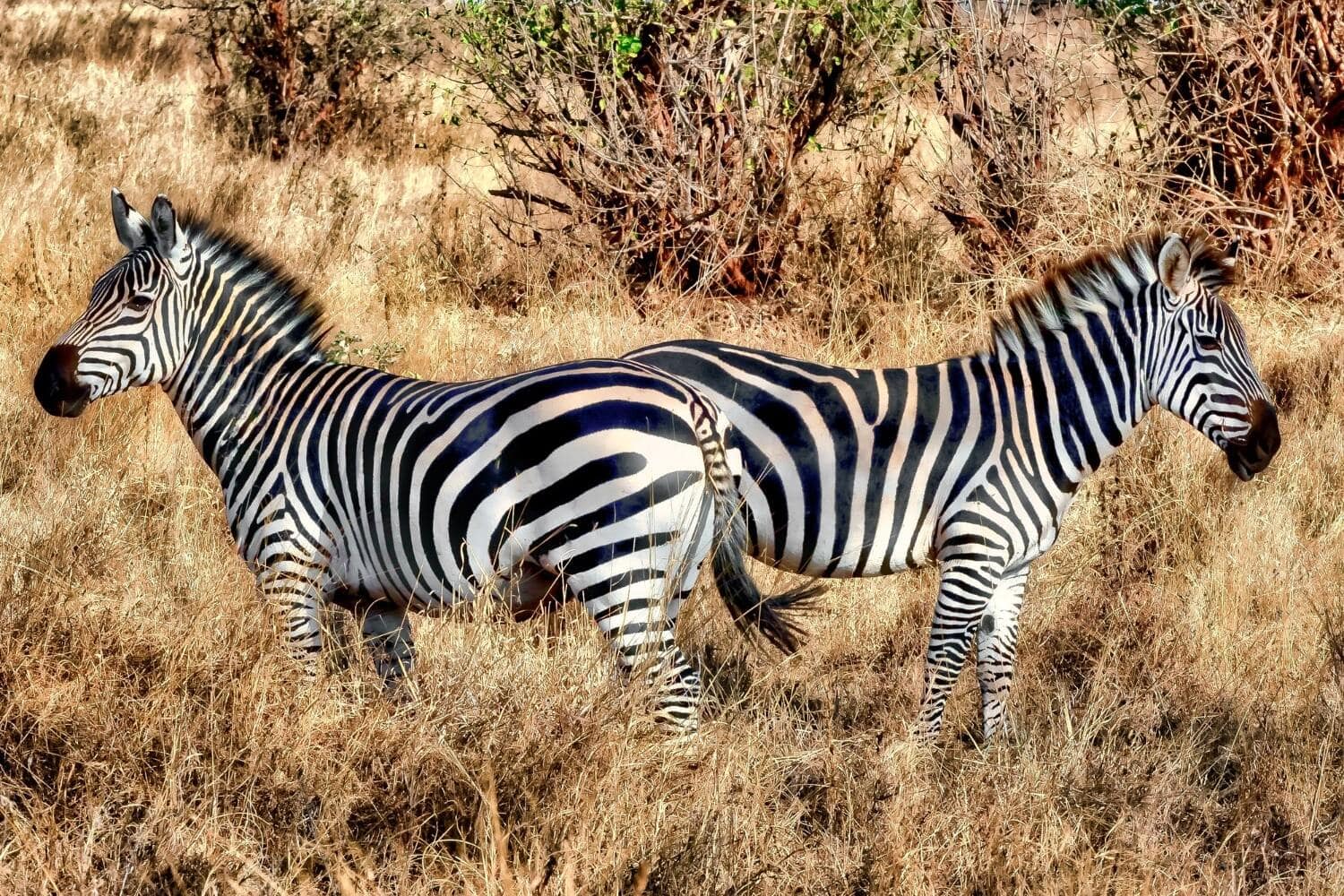Zebras are among the most iconic animals of the African savannahs, easily recognized by their black and white stripes and graceful movements. Their uniqueness goes far beyond their appearance, as they display fascinating social behaviors and remarkable adaptations to wild environments. Although they belong to the horse family, zebras differ significantly from horses in their lifestyle and temperament. Below is a collection of captivating facts about zebras that you may not have known before.
- Every zebra has a unique stripe pattern that does not repeat, even among twins. These patterns act like fingerprints, allowing researchers to identify individual zebras in a herd.
- Zebra stripes serve several important purposes. They help with camouflage from predators, reduce the attraction of biting insects, and assist in regulating body temperature.
- There are three main species of zebra: the plains zebra, the mountain zebra, and Grevy’s zebra. The plains zebra is the most common and is widely found in Eastern and Southern Africa.
- Zebras are social animals that live in groups called herds. Each herd typically consists of a dominant male, several females, and their offspring.
- In times of danger, zebras cooperate to protect the group. They form a circle facing outward with their hind legs ready to kick, while the young stay safely in the center.
- Despite their resemblance to horses, zebras are much harder to domesticate. They have a wild and independent nature, which makes them unsuitable for riding or labor.
- Zebras have excellent vision and hearing, allowing them to detect threats from a distance. Their eyes are positioned on the sides of the head, giving them a wide field of view.
- A zebra can run at speeds of up to 65 kilometers per hour. While they are not the fastest animals in the savannah, their endurance and agility help them escape predators like lions and cheetahs.
- Zebras communicate through various sounds and body language, including ear, tail, and body movements. The position of their ears is especially important in expressing mood and alertness.
- A newborn zebra foal can stand and walk within 15 minutes of birth. This is essential for survival in the wild, where predators can strike at any moment.
- Zebras display strong group loyalty and protective instincts. They are known to return to assist injured herd members, showing signs of social bonding and altruism.
- During dry seasons, zebras migrate long distances in search of water and fresh grass. Their migration routes can span thousands of kilometers and often cross dangerous terrain.
- Zebras have thick skin, especially around the neck, which helps protect them from predator bites. This adaptation improves their chances of surviving attacks.
- Their diet consists mainly of coarse, dry grasses. Unlike many herbivores, zebras can digest tough plant material thanks to their long intestines and specialized digestion.
- Herds of zebras have a complex social hierarchy. Males compete for mates in ritualized fights that involve biting, chest-pushing, and head striking.
- In hot weather, zebras seek shade or enter water, but they are also capable of surviving long periods without drinking. Their bodies are adapted to conserve moisture in arid climates.
- Zebra stripes create a visual illusion during movement. To a predator, a moving herd appears as a blur, making it difficult to target an individual zebra.
- In African folklore, zebras often symbolize the harmony of opposites. They are seen as a balance between light and dark, good and evil, day and night.
- Zebras have strong memories. They can remember migration routes, water sources, and the faces of other zebras in their group.
- The average lifespan of a zebra in the wild is between 20 and 25 years. In captivity, they can live longer if given enough space and opportunities for social interaction.
These incredible facts about zebras reveal that behind their striking appearance lies a world of complex behavior, communication, and survival strategies. Their lives are filled with cooperation, intelligence, and resilience. Zebras are not just beautiful creatures of the savannah but essential parts of the African ecosystem. You may not have known, but it is thanks to animals like zebras that many natural landscapes remain in ecological balance.





